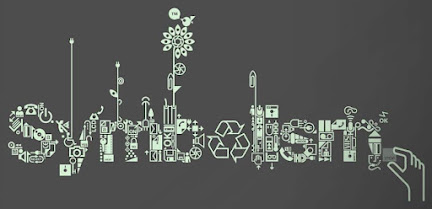SYMBOLISM
Symbolism is a literary device that refers to the use of symbols in a literary work. A symbol is something that represents something beyond the literal meaning. A symbol can be a word, object, action, person, animal, bird, event, or concept that embodies and evokes a range of additional meaning and significance. A strong symbol usually gives a bunch of characteristics with whatever it is meant to symbolize or is related to it in some other way.
Some additional key details about symbolism:
- Symbolism can be very subtle, so it isn't always easy to identify or understand.
- It can sometimes be difficult to say whether an author intended for something to be symbolic or not.
- Symbolism allows writers to convey things to their readers poetically or indirectly rather than having to say them outright, which can make texts seem more nuanced and complex.
Symbolism Pronunciation
Here's how to pronounce symbolism: sim-buh-liz-uhm
The term Symbolism began as an artistic movement in French poetry in the 19th century to combat realism in favor of romanticism. It comes from the Latin word symbolus, which means “a sign of recognition.”
Symbolism exists beyond literature and can be found in everyday life. Certain colors, animals, and objects are known for symbolizing conceptual ideas; here are some examples.
- Colors: Most colors are associated with a feeling or meaning. White symbolizes purity, red is love, green is envy, and yellow is joy and friendship. Red is also known to symbolize stopping, which is evident in stop signs and traffic lights. When red and green are placed together, such as on a Wi-Fi router, red means something is wrong, and green means everything is functioning correctly.
- Animals: An animal can be symbolic based on its characteristics or its association with a holiday or event. Lions symbolize courage and majesty due to their ranking in the animal kingdom, and black cats symbolize bad luck or spookiness because of their association with Halloween.
- Objects: Everyday objects can represent a myriad of ideas. Balloons, for example, symbolize celebration, and a rose can represent romance.
Symbolism can also depend on context. Pine trees can symbolize nature, but if you add lights and a star, it can also represent Christmas.

Comments
Post a Comment